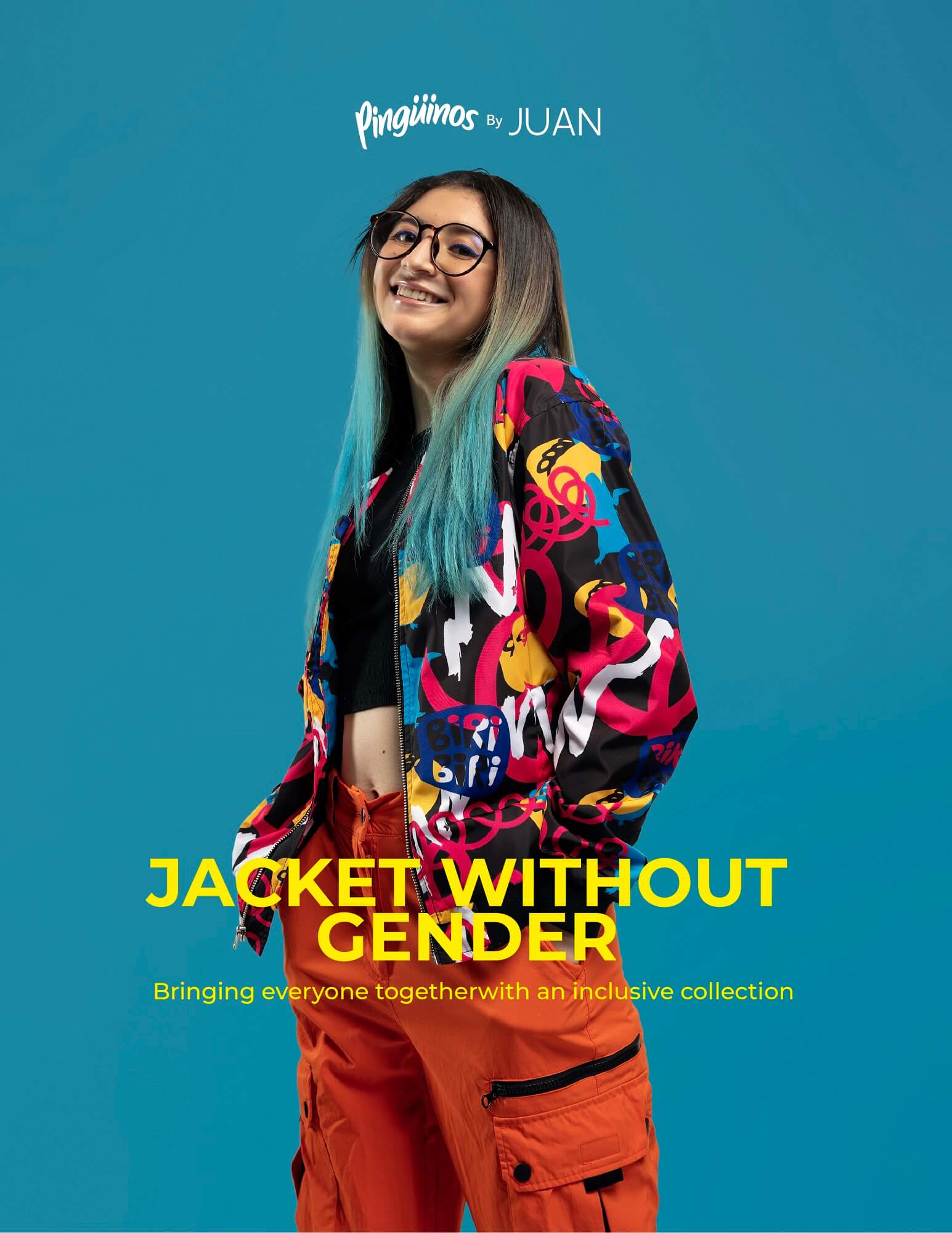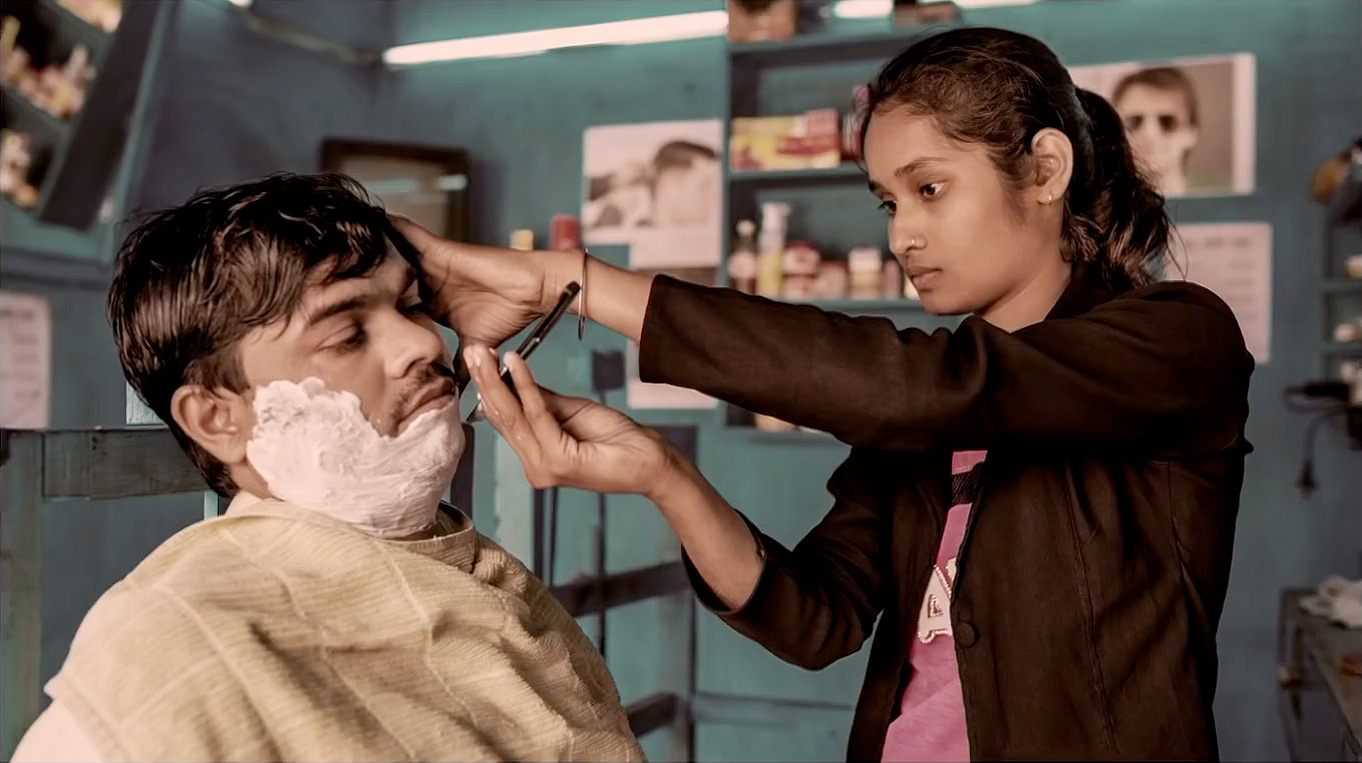Breaking the Mold: 10 Common Gender Stereotypes in Advertising and Why It’s Time for Change

Unveiling the Impact: Gender Stereotypes in Advertising – Breaking barriers and reshaping perceptions for a more inclusive future.
Advertisements are an integral part of our daily lives. From billboards to social media, they surround us, influencing our thoughts, desires, and even shaping our perceptions of ourselves and others. However, beneath the glossy facade of these ads lies a more complex issue: gender stereotypes. These portrayals have perpetuated certain expectations for men and women, limiting individuality and reinforcing harmful norms. In this article, we delve into ten common gender stereotypes in advertising and explore why it’s high time for a paradigm shift.
1. The Domestic Goddess
One of the most entrenched gender stereotypes in advertising is the portrayal of women as homemakers and caretakers. Countless ads depict women contentedly performing household chores, reinforcing the outdated notion that their primary role is confined to the home. This perpetuates the idea that women should prioritize domestic responsibilities over their own personal aspirations and ambitions.
2. The Macho Man
On the flip side, men are often portrayed as hyper-masculine figures, emphasizing physical strength and dominance. These portrayals suggest that sensitivity and vulnerability are weaknesses, leading to toxic masculinity. Men should be encouraged to embrace their emotions and nurture their well-rounded selves, rather than fitting into society’s narrow definition of manhood.
3. The Damsel in Distress
Many advertisements portray women as helpless beings in need of saving. This portrayal not only undermines women’s strength but also fosters an unhealthy power dynamic between genders. Women are fully capable individuals who can overcome challenges without relying on a savior.
4. The Bumbling Dad
Ads frequently depict fathers as clueless when it comes to household tasks or parenting. This stereotype discredits the active and competent role many fathers play in their families’ lives. Breaking this stereotype would encourage a more involved and supportive parenting dynamic.
5. The Body Image Expectations
Ad campaigns often promote unrealistic beauty standards for both men and women. Women are expected to have flawless skin, a perfect figure, and delicate features, while men are pressured to maintain a chiseled physique. These ideals lead to body image issues, low self-esteem, and even eating disorders.
6. The Boy’s Club
Certain industries, like technology or finance, are consistently portrayed as male-dominated, discouraging women from pursuing careers in these fields. It’s time to challenge these stereotypes and create a more inclusive environment where everyone can thrive based on their skills and talents, regardless of gender.
7. The Pink and Blue Divide
Children’s toy ads often reinforce the idea that girls should play with dolls and boys with cars or action figures. This perpetuates a gender binary from a young age, limiting a child’s exploration and expression of their interests and talents.
8. The Fashion Fixation
Ads often portray women as fashion-obsessed shopaholics, reinforcing the stereotype that all women care about is their appearance. In reality, women have diverse interests and concerns, just like men.
9. The Emotional Rollercoaster
Men are frequently depicted as emotionally distant or incapable of expressing their feelings. This stereotype contributes to a culture where men may suppress their emotions, leading to mental health issues and difficulty forming meaningful relationships.
10. The Ageless Beauties
Advertisements rarely represent older women or men authentically. Ageism in advertising perpetuates the notion that only youth is valuable and desirable, neglecting the beauty and wisdom that comes with age.
Conclusion:
Gender stereotypes in advertising have far-reaching consequences, affecting our perceptions of ourselves and others. By breaking free from these clichés, we can foster a more inclusive society that values individuality and diversity. As consumers, we hold the power to challenge these stereotypes by supporting brands that champion progressive and inclusive advertising. It’s time for advertisers to rise to the occasion, reflect the changing times, and embrace the complexity of humanity. Together, we can create a world where advertisements inspire and empower all genders to be their authentic selves, breaking free from the shackles of stereotypes.

